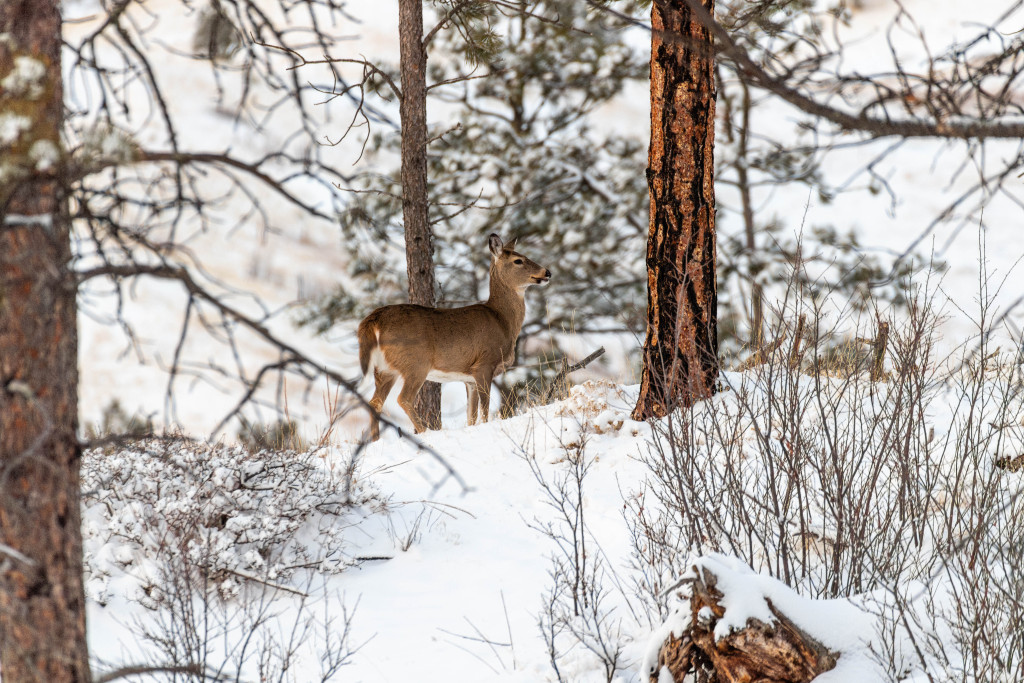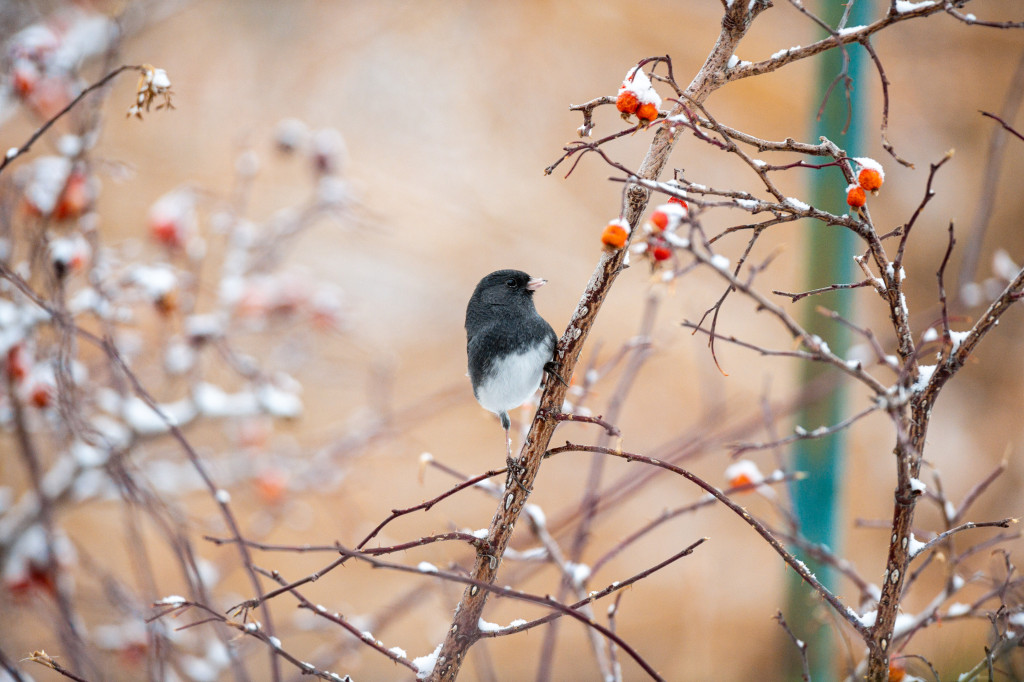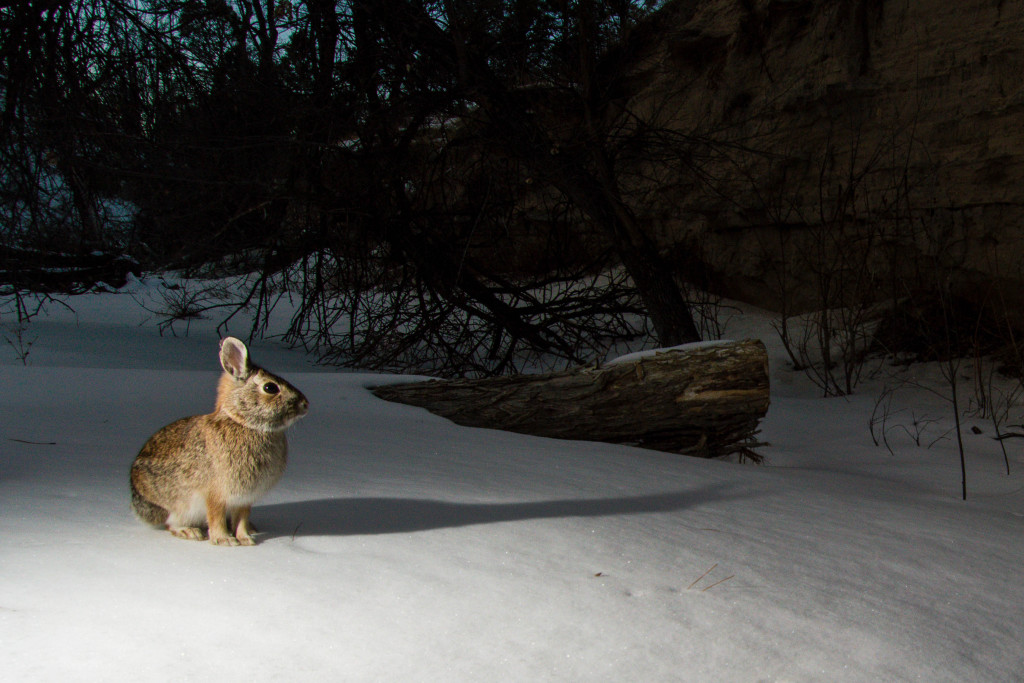
By Justin Haag
When the mercury dips down around zero, most of us are fortunate to have heated spaces to take refuge. Wildlife aren’t so fortunate, but do have special adaptations and behaviors to battle the elements.
Some escape the cold by migrating south. While such travel is certainly effective, and attractive to us humans, it comes at the expense of a lot of energy and most animals would rather stay put if possible.
Warm-blooded animals must maintain an internal body temperature, and wildlife can certainly succumb to cold and frostbite just as humans can. Thanks to biological features, our neighbors of the wild are able to withstand frigid temperatures much better than we are.

One of the primary tactics for many species is to take things down a notch. That is, they either hibernate or enter the period of slowed activity known as torpor. And, depending on the animal, there may be herding, denning, burrowing and roosting in tree cavities involved.
A certain amount of “porking out” also helps, as nature’s smorgasbord of food in fall helps animals prepare for months ahead. Wild turkeys, which are heavily dependent on ground forage, often carry enough fat into winter to roost in a tree without food for a week if a snowstorm forces them to do so.

Similar to many birds, you will often see turkeys fluffing feathers to boost insulation. Most terrestrial species use a natural coat of some sort to stay warm. Mammals such as deer gradually replace the hair of their summer coats with heavier ones for winter.
The Canada goose has upwards to 25,000 feathers, which, similar to other waterfowl, it keeps waterproofed with oil from a gland in its lower back. The thick undercoating of fluffy down feathers traps heat from their body close to the skin.
Also remarkable are the goose’s feet, which use an artery of warm blood to heat the frigid blood returning to the heart from below — a handy feature for a bird that spends a lot of time standing on ice.
The cottontail rabbit surely prefers being too cold rather than too hot. When not foraging, rabbits take refuge in underground dens lined with grass, straw and twigs. Regardless, winter is a tough time for the species as estimates say only 30 percent make it through to spring.

Of course, one of the most important considerations for an animal to stick around in winter is the availability of food. Most wintering herbivores are able to adapt from eating the green leaves of summer to the woody twigs and bark that remains. While chickadees certainly like seeds at feeders, the small birds will also eat fat from decomposing animal carcasses.

For deer, a keen sense of smell helps them find food under the snow, and the pads of their feet harden for winter to make it easier to dig through the snow and ice.
The ways animals survive in the wild are many, whether during winter or other times of the year — it’s something to think about while we’re huddled up with a hot drink near the fire.
